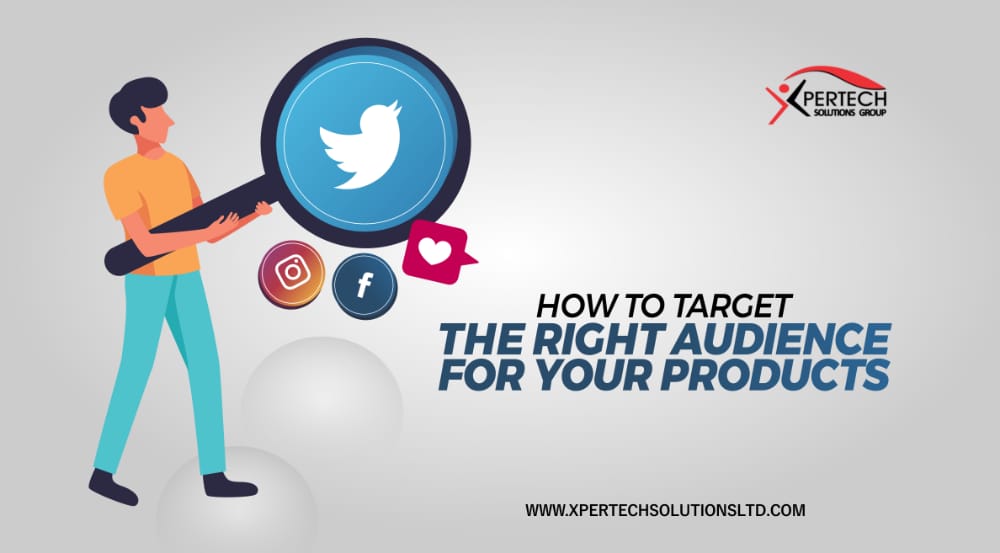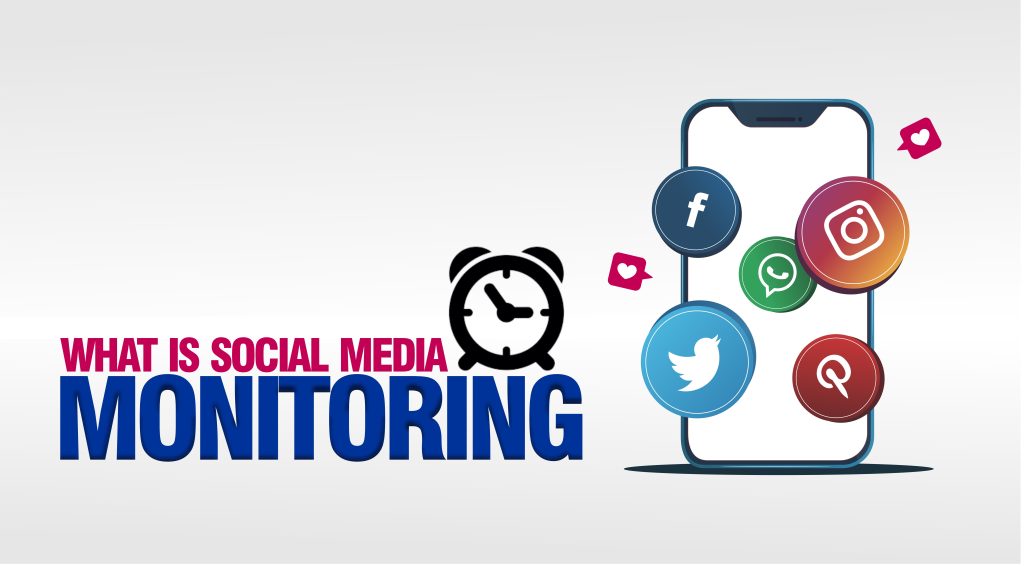
How To Target The Right Audience For Your Products and Services
If you are a business and leveraging Digital Marketing for your business, then your digital marketing team should read this article. Your business may belong to the below industry (the list is not exhaustive): Education, Real Estate and Property, Automotive, Retail, Technology, E-commerce, Entertainment and media, Healthcare, Financial services, Restaurants, Travel, Professional Services, Gaming, Sports etc.
In this article, you will learn about conversion and conversion rate.
What Is Conversion?
Suppose your website has one FREE eBook that users can download after filling a form. Now you launch one social media advert so that users visit that particular web page, fill the form, and get the eBook. The most crucial action here is “filling the form.” From the Ad campaign perspective, this is the desired action. When this desired action happens, we say conversion occurs.
Take another example of conversion. Suppose your website has one sales page that sells one eBook. Now you launch one Advert so that users visit that particular sales page, complete the purchase process, and get the eBook. When users click the BUY NOW button on that page and complete the purchase by paying online, they get the eBook delivered to their email. The most crucial action here is “completing the purchase.” From the Ad campaign perspective, this is the desired action. When this desired action happens, we say conversion occurs.
I hope you got the idea of conversion. Remember, conversions may occur on another digital platform other than the website.
Conversions are important to the success of your business.
Few more examples of conversions are as follows:
– Signing up for a newsletter
– Watching a video on your website
– Clicking on a link
– Booking a demo
– Asking for a quote for your service
– Clicking on an advert
– Submitting a contact form
Categories of Conversions
Conversions are generally categorized into two categories: macro conversions and micro conversions.
Any conversions related to business revenue-related goals are called macro conversions (primary goals). Examples include an online order completion, a free subscription sign up, lead generation form submission, requesting a quote.
Any conversions that facilitate macro conversions are called micro conversions (secondary goals). A few examples of micro conversions are watching a product video, viewing a product page, adding a product to the cart, downloading a white paper, newsletter sign up.
One macro conversion of one business may be a micro conversion for another business. For example, “new user registration” may be a macro conversion for one business, but it is a minor conversion for an e-commerce website.
What Is Conversion Rate?
Conversion rate is the percentage of your website visitors that take the desired action.
Conversion Rate = (Number of conversions / Total number of visitors) * 100%
Suppose one of your landing pages gets 1000 visitors. Out of which, 160 visitors take the desired action. In this case, the conversion rate of that landing page will be (160 / 1000) * 100 = 16%
Why Is Conversion Rate Important?
– It helps you test the effectiveness of your marketing campaigns
– It helps you improve the UI/UX
– It helps you test the effectiveness of your offer
we hope you enjoyed reading this article. we look forward to your thoughts in the comment section.

